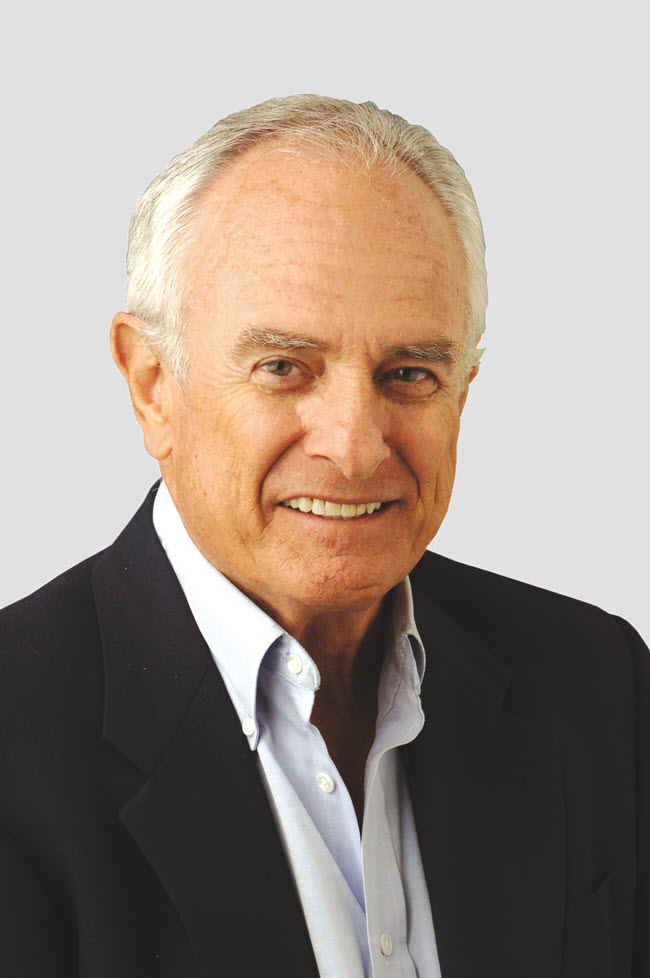
With Saturday’s game at Grant Field approaching, it is interesting to review the history of this rivalry game for the state championship. By Georgia’s count, the series stands at 68-39-5 which means that the lop-sided victories by Tech in World War II (1943-44) are not counted as official.
“Those were not true Georgia-Georgia Tech games,” the late Dan Magill, Bulldog historian, wrote many times. “It was a game between Georgia and the Georgia Tech Navy.” Veteran players from other schools had been sent by the military to Atlanta for training while the Georgia team was made up of players designated 4 F (unfit for military duty) and too young for the draft.
The year 1964 was a turning point in the rivalry, the year Vince Dooley took over the football program in Athens. Since that time Georgia has dominated the series, 43-14.
Much has been said about Tech’s eight-year streak which ended when fullback Theron Sapp “broke the drought,” in 1957 by scoring the only touchdown in the game with Georgia winning 7-0. But don’t forget, Georgia has had two seven-year streaks.
The ’57 game wasn’t a battle of Gridiron giants, with Georgia posting a 3-7 record for the season and Tech finishing at 4-4-2. However, it was a Hallelujah moment for the victors. The Bulldogs had endured much heartbreak in the series throughout the fifties. Sapp’s plunge into the Tech end zone became a celebratory moment, an unforgettable one, too.
The Georgia faithful were so appreciative of winning this rivalry game that a move was soon underway to have Sapp’s No. 40 jersey retired. “I have always appreciated that the Georgia people were responsible for my jersey being retired,” Sapp told me a few springs ago.
During the Masters every spring for many years I have been the guest of Theron and his wife, Kay, a Doris Day look-a-like. It is easy to conclude that no man wanted to play football more than Sapp who broke his neck while practicing for the 1955 Georgia high school all-star game. He spent his freshman year on campus in a body cast but eventually returned to the practice field.
Doctors advised him not to play, one telling him, “If you were my son, I would not let you play.” Sapp’s response was, “Well, I am glad I am not your son, because I am going to play.”
In addition to lettering three years with the Bulldogs, Sapp played eight years in the National Football League with the Eagles and the Steelers. He ran upright, but with authority, after returning to football. He never lowered his head again but was considered a hard-nosed, heavy-duty runner who ran inside successfully where it was rawboned tough.
Sapp’s celebrated touchdown on Nov. 30, 1957, began a four-year streak in the series. Tech followed that with a three-year streak, but then came Dooley and the Bulldog dominance set in.
With Dooley’s arrival, there was an accompanying decision by Tech to get out of the Southeastern Conference. That decision impacted the series significantly.
Bobby Dodd, the Tech coach, was also athletic director and envisioned that Tech could become the Notre Dame of the South by competing as an independent which would enable Tech to keep all the television revenue and not share it with the Southeastern Conference. That did not come about and Tech was eager, years later, to join the Atlantic Coast Conference.
As this was playing out, Georgia was scheduling games on the road such as playing Michigan at Ann Arbor twice. UGA was like a directional school coming to Athens to get a check. There were night games in Atlanta as part of a doubleheader with Tech playing in the afternoon.
When Joel Eaves became athletic director, he scheduled home games and with Dooley winning, Sanford Stadium became the place to be.
All along Magill preached, “We are the majority party in this state. Our strength is in our people.”
If Georgia administrators had only listened to Magill earlier. Today, we see that strength giving the Bulldogs the best of all worlds. Being a member of the Southeastern Conference today is like moving in with Croesus.
